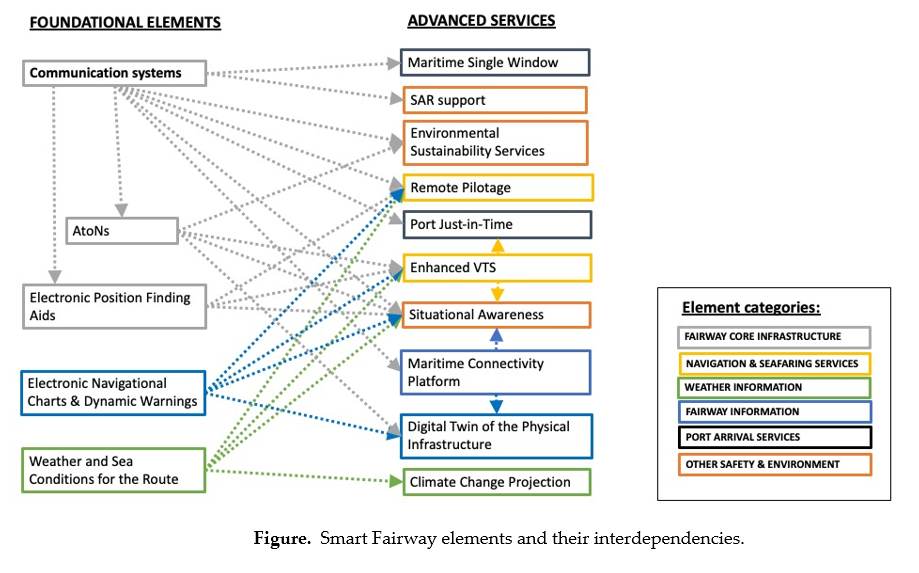“While listening to the visions on how autonomous vessels are sailing at our seas, I started thinking whether all these fancy ships would navigate towards the ports using the old fairway infrastructure with all those red and green buoys and other sea markings - Shouldn’t also the future fairways be smarter?”
A recent study titled "Navigating the Future: Developing Smart Fairways for Enhanced Maritime Safety and Efficiency" published in the Journal of Marine Science and Engineering explores the integration of digital technologies to improve maritime safety, efficiency, and sustainability, particularly focusing on Finland's maritime infrastructure. Authored by Marikka Heikkilä (TSE) alongside Heidi Himmanen (Traficom), Olli Soininen (VTS), Sanna Sonninen (Finnpilot), and Jukka Heikkilä (TSE), the study addresses the lag in fairway development compared to the rapid digitalization of ports and autonomous vessels.
The research highlights the necessity of upgrading fairways to support the digital and autonomous marine traffic of the future. Through a comprehensive analysis involving expert opinions and literature review, the study identifies fifteen key elements essential for the development of Smart Fairways. These elements are categorized into foundational services like communication systems, navigation aids, and advanced services including enhanced vessel traffic services, port just-in-time service, and digital twin of the physical fairway.
Significantly, the study underscores the foundational role of communication systems in developing advanced Smart Fairway services, advocating for a phased and systematic implementation strategy. This research not only contributes to the academic discourse on maritime digitalization but also offers practical insights for policymakers, maritime professionals, and business stakeholders interested in the modernization of maritime infrastructure for improved safety, efficiency, and environmental sustainability.
The research was carried out as part of Sea4Value project funded by Business Finland. The article is openly available at https://doi.org/10.3390/jmse12020324

